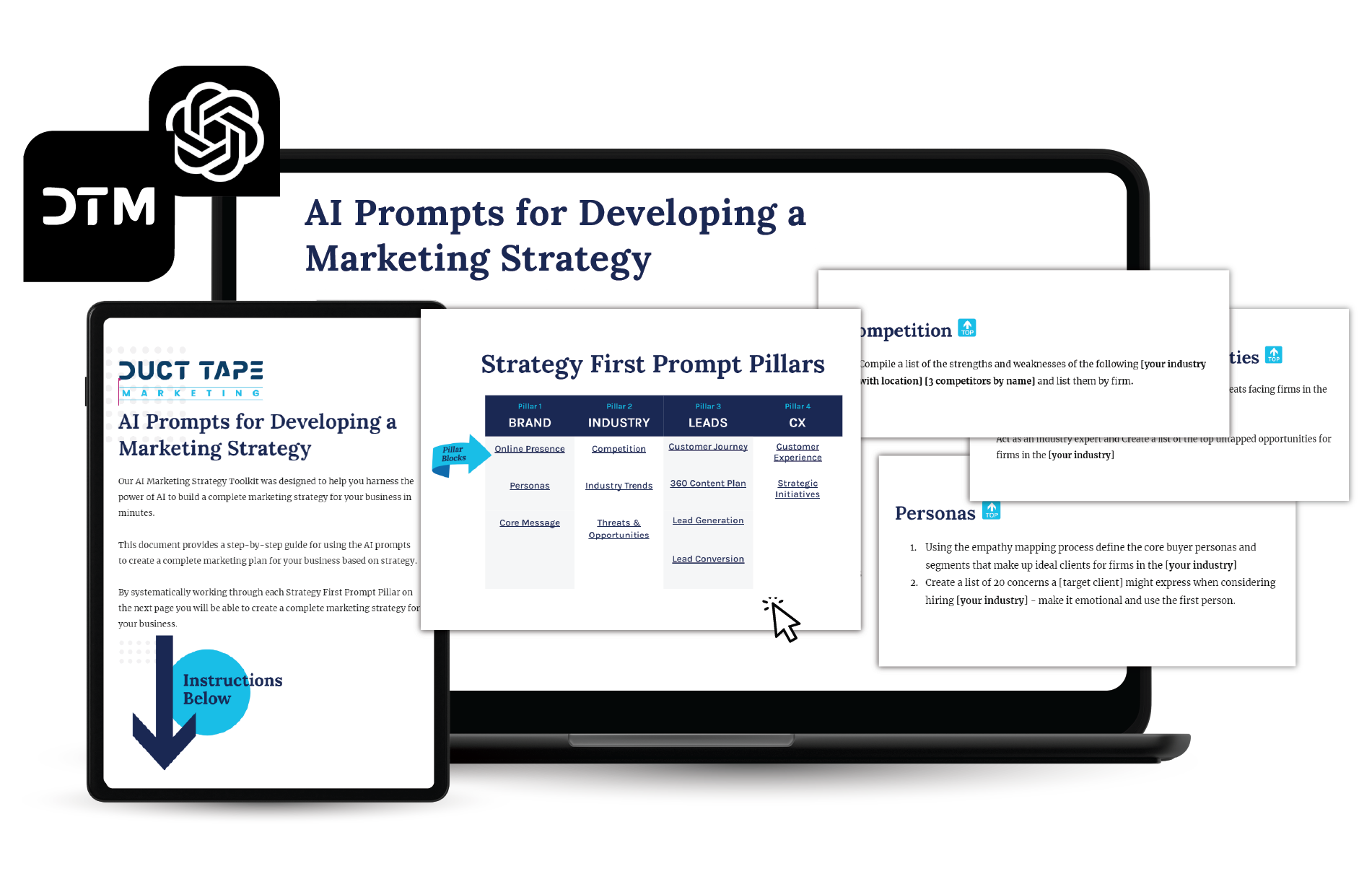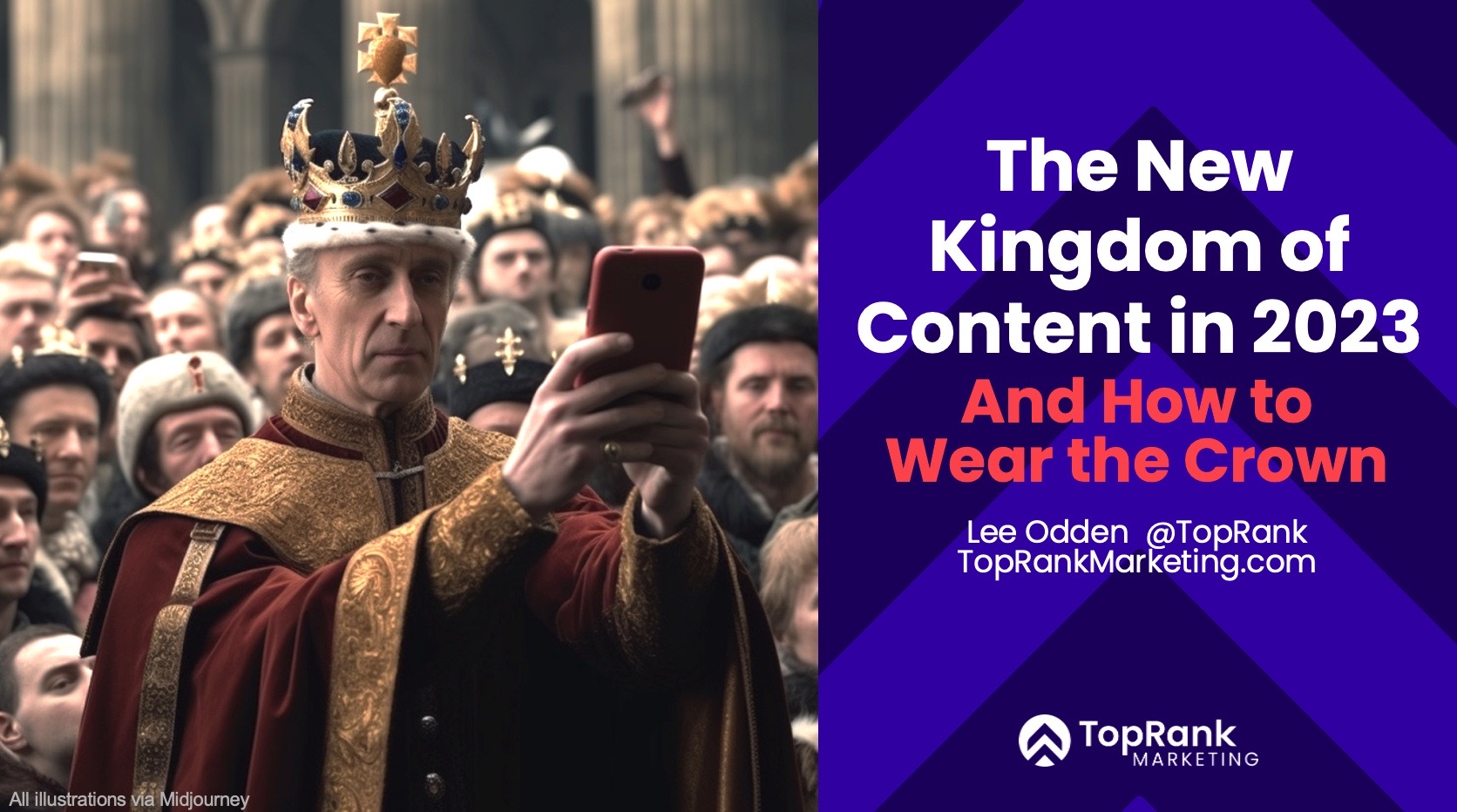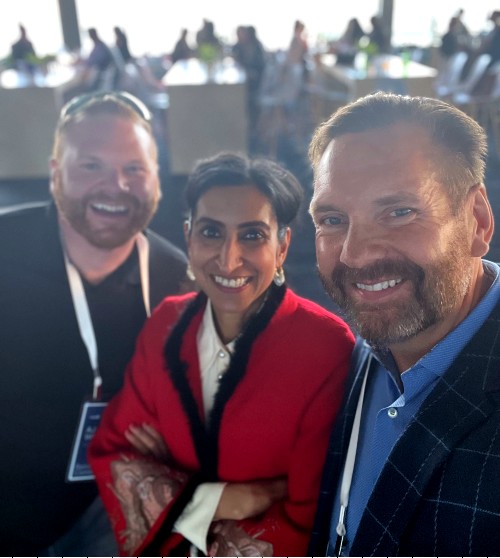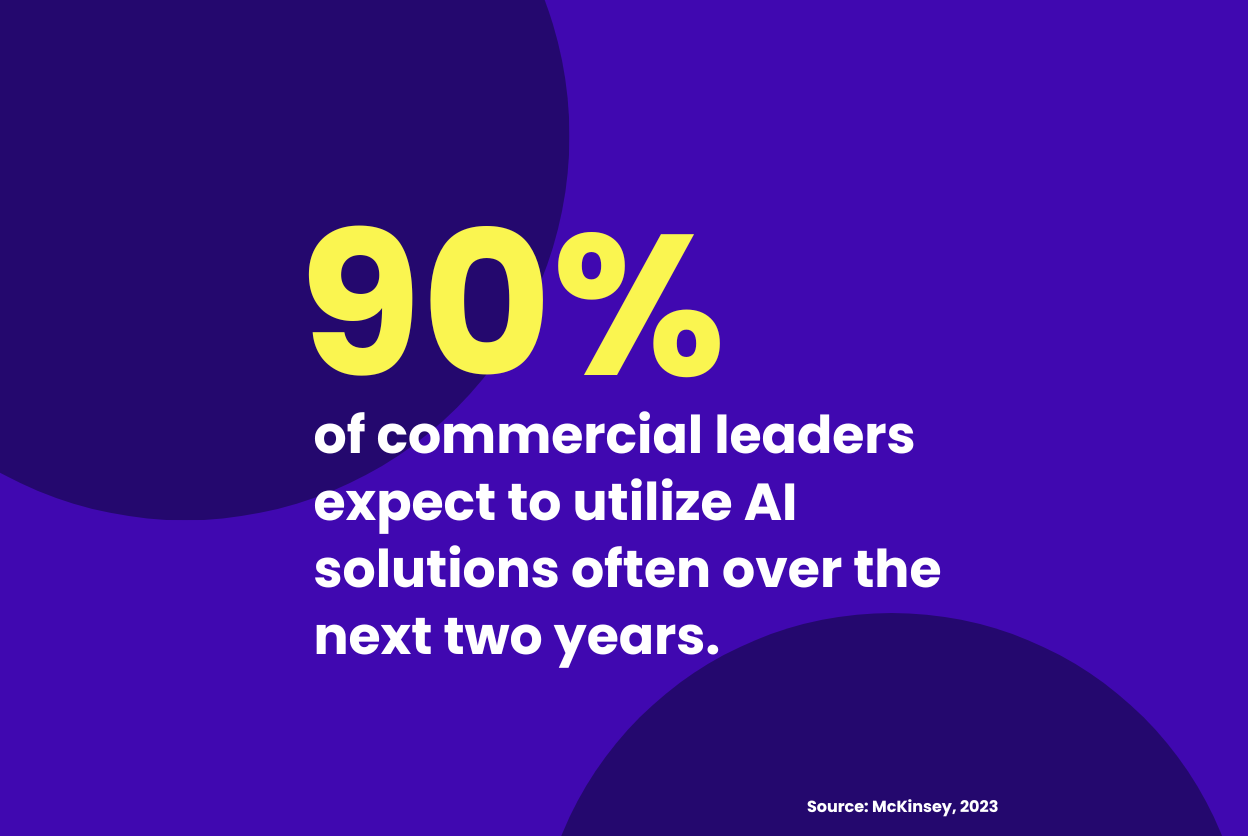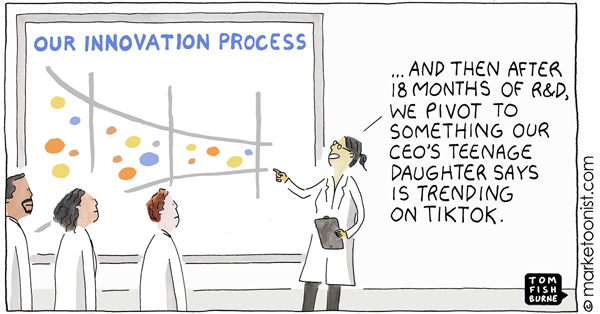The Top 5 Actions to Successfully Scale Your Small Business written by John Jantsch read more at Duct Tape Marketing
The journey of growing your small business can be an exciting one, but also full of challenges. To make the process smoother, here are my top 5 critical actions I believe every small business needs to take to grow strategically. These simple but effective steps can help you create a solid growth strategy, keep your customers satisfied, and ensure your business keeps thriving. Whether you’re at the starting phase of your business journey or already managing an established operation, these practical tips can guide you toward achieving long-term growth:
1. Narrow the focus to the top 20% of your customers
In my experience, these are usually the most profitable customers. They’re the right fit because they have the right problem and the right beliefs. It’s important to understand everything you can about this group, as your marketing efforts should focus on attracting more of these ideal customers. The more you know about them, the better you can serve them and, subsequently, scale your business. Remember, chasing after customers who aren’t a good fit often results in missed opportunities and may even be costing you money.
2. Promise to solve a problem that matters to your ideal customers
We call this developing a core message, and it revolves around a promise to solve a specific problem. To discover this core message, engage with your customers directly, or analyze your Google reviews. The language they use will provide great insight into the problems you are solving for them. Remember, your customers don’t just want your product or service; they want their problems solved.

3. Build a complete end-to-end customer journey
The customer journey doesn’t stop when someone becomes a customer. In fact, the days when the main objective was driving leads into a funnel and converting them into customers are over. Today, the buying process has changed dramatically, with 86% of buyers stating that they would pay more for a better customer experience. Thus, marketing today is less about creating demand and more about organizing behaviors.
I’ve developed a model called the Marketing Hourglass, emphasizing the journey beyond the purchase. It’s not just about getting people to realize you exist, but creating an experience that turns one-time buyers into repeat customers and advocates.
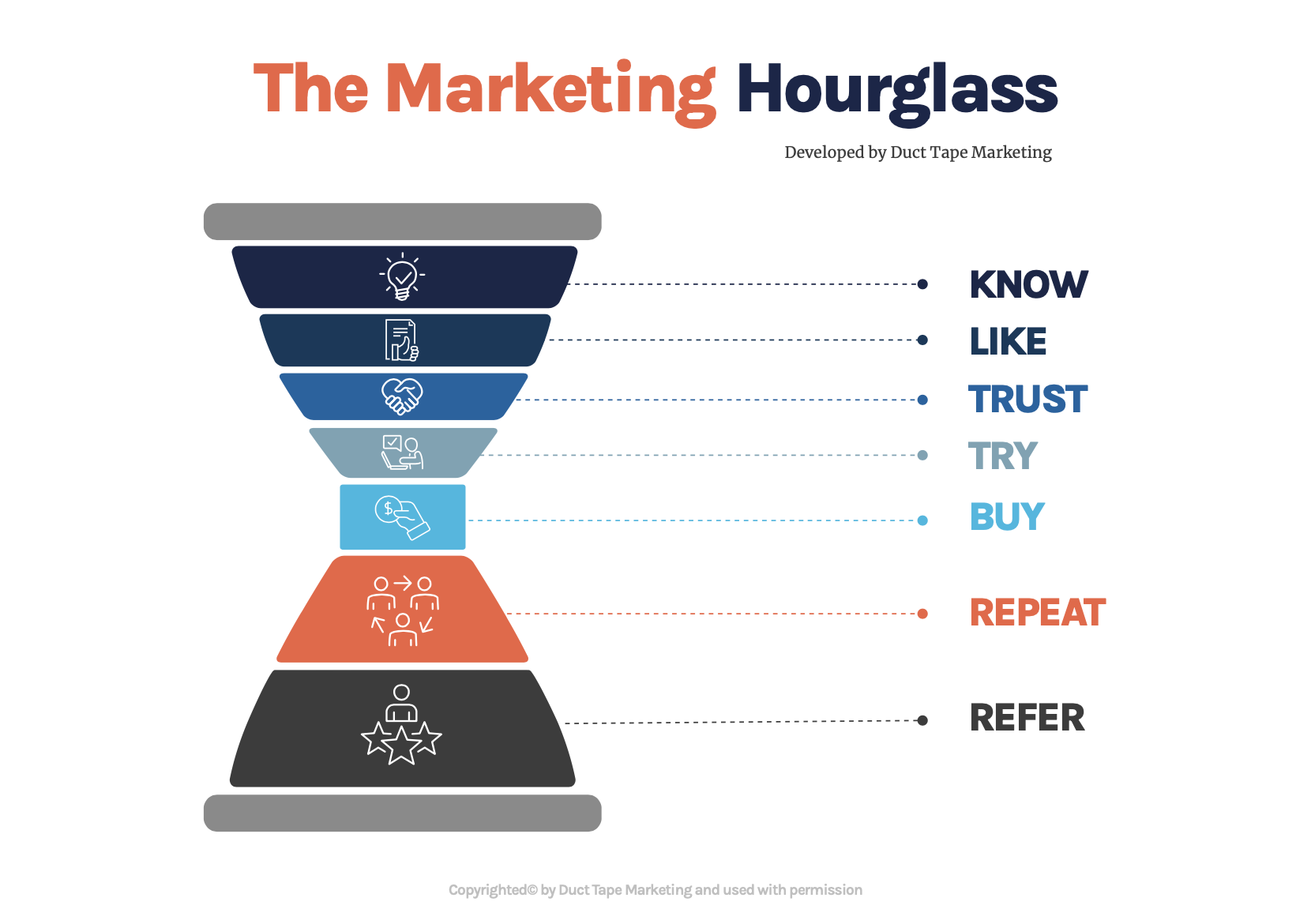
The 7 Stages of the Marketing Hourglass
I believe we all pass through seven stages in this journey: know, like, trust, try, buy, repeat, and refer. We want to know who’s out there, and we want to like them before we venture any further. We certainly aren’t going to buy anything until we feel like we can trust them. And I don’t know about you, but I love a little sneak peek of what it might be like to work with a business before I commit.
If you hit the nail on the head with these stages, price becomes less of a factor. You see, when trust and experience are high, people are willing to pay more. Remember that stat I mentioned earlier? Well, that’s your golden ticket to building a profitable business.
So, here’s my challenge to you. Think about these stages – know, like, trust, try, buy, repeat, and refer. What are you doing at each of these stages to enhance your customer’s journey? Are there gaps that need plugging? Instead of just trying to get from ‘no’ to ‘buy’, focus on the stages before ‘buy’. Trust me, that’s where the gold lies.
4. Do less, but do it brilliantly
Focus on what you do best and strive to deliver exceptional results in those areas. Don’t try to be everything to everyone. Instead, concentrate on delivering the best possible value and experience to your target audience.
Stick to The Rule of 3
It’s tempting to come up with a dozen strategic objectives every quarter, only to find you’re spreading your efforts too thin and achieving none. Why not narrow it down to three solid goals?
This approach makes it easier to stay focused and allocate resources effectively. If a task doesn’t map to any of these goals, it’s time to park it. Remember, focus is key to achieving objectives.
Don’t fall into a social media frenzy
Focus on 1, maybe 2, social media channels, and do it well. You can use these tools to help.
For example, imagine a local small business trying to maintain a presence on Facebook, Instagram, Twitter, LinkedIn, Pinterest, and even TikTok. This means a small, sometimes one-person, team must constantly juggle content creation, audience engagement, and analytics across multiple platforms. It can quickly get very overwhelming. Instead, understand where your target audience mostly resides and focus solely on that platform.
A crucial aspect of running a business is realizing that there’s always more to do. However, the secret to effective marketing is deciding what not to do. Avoid falling into the trap of chasing after every shiny new thing. A laser focus on doing less but doing it well often yields better results.
5. Create transformations, not just transactions
The goal is to have a profound impact on the lives of your customers. The focus should be on making a real difference, not just on completing a transaction.
What if you came to think of your customers more like members that join your business because they want to go on a journey?
Remember, marketing isn’t just about getting that click or that phone call. It’s about understanding your customer’s journey and providing a seamless, enjoyable experience. It’s about building trust, delivering on your promises, and exceeding expectations. And most importantly, it’s about making a genuine difference in the lives of your customers.
To navigate this journey effectively, book a call with our strategy experts. We’re ready to help you map your path to strategic growth. Click here to book your call now, our strategy experts are standing by.
Did you miss our previous article…
https://www.sydneysocialmediaservices.com/?p=6490

 In this episode of the Duct Tape Marketing Podcast, I interview Dave Dodson. He
In this episode of the Duct Tape Marketing Podcast, I interview Dave Dodson. He 
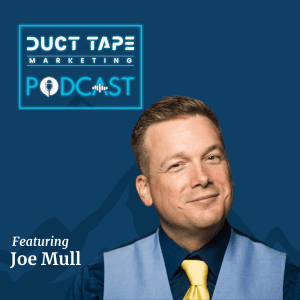 In this episode of the Duct Tape Marketing Podcast, I interview Joe Mull. He
In this episode of the Duct Tape Marketing Podcast, I interview Joe Mull. He 
 In this episode of the Duct Tape Marketing Podcast, I interview Rodney Zemmel. He
In this episode of the Duct Tape Marketing Podcast, I interview Rodney Zemmel. He 


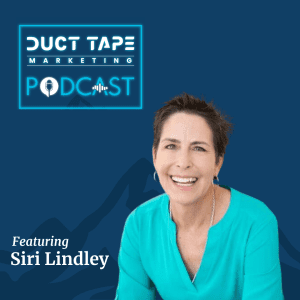 In this episode of the Duct Tape Marketing Podcast, I interview Siri Lindley.
In this episode of the Duct Tape Marketing Podcast, I interview Siri Lindley. 
